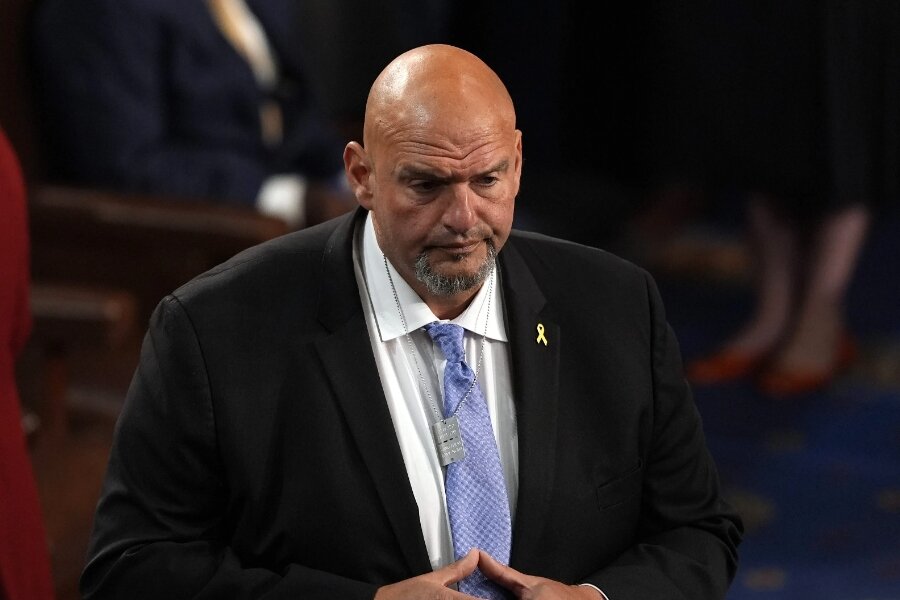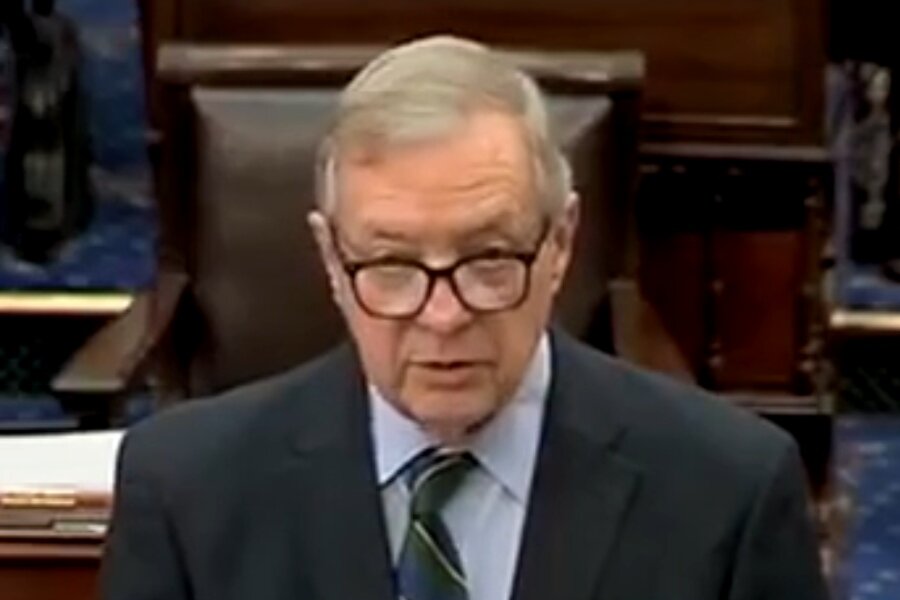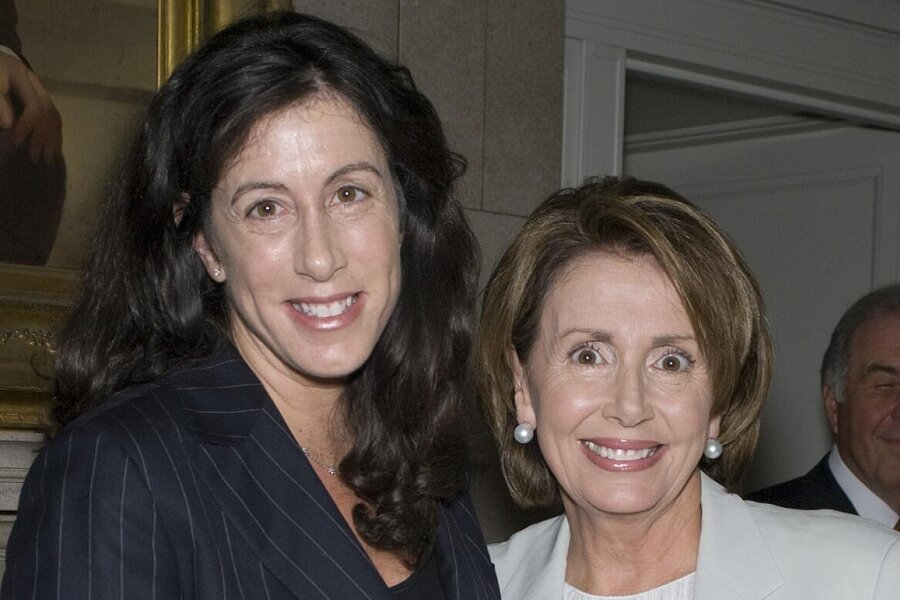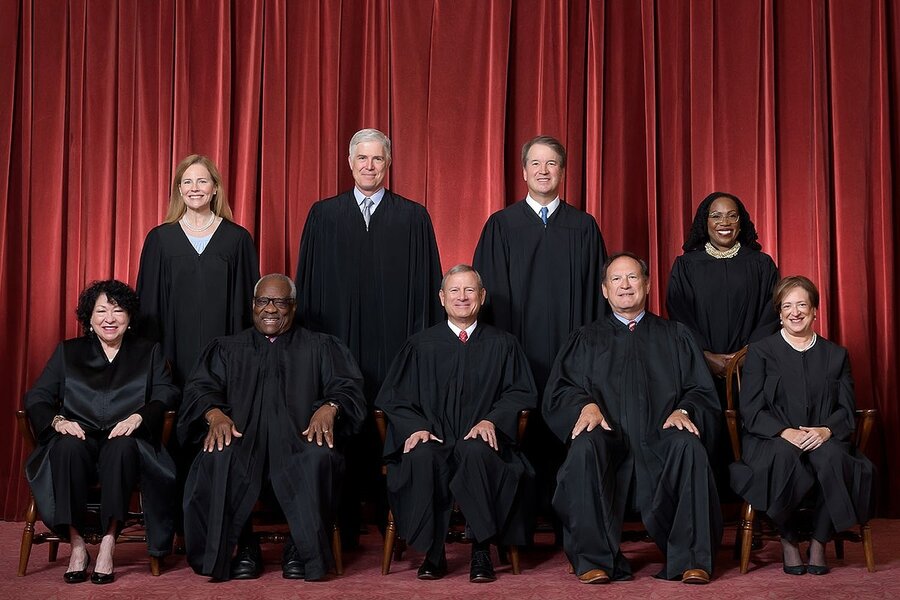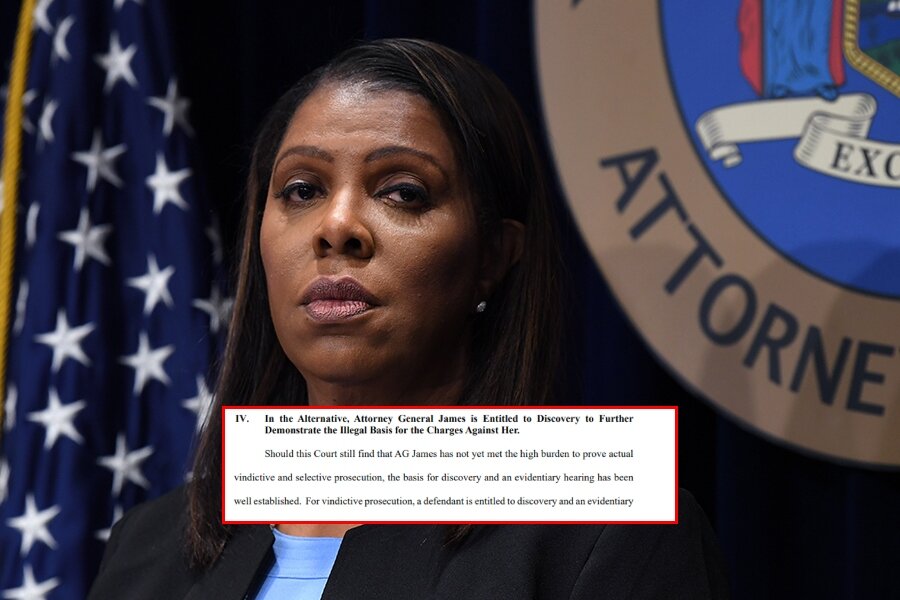The U.S. Senate approved a proposal that would block the Department of Transportation from using federal funds to enforce mask mandates, with some Democrats joining Republicans to pass the measure.
Sen. J.D. Vance (R-Ohio) introduced the amendment, and it was approved in a 59-38 vote on Wednesday.
“The era of mask mandates caused a lot of problems,” Mr. Vance said on the floor.
“It caused problems for our kids. It caused developmental delays for school children. It caused a lot of rancor and a lot of division within our common American family. If people want to wear masks, of course, they should be able to. But if people don’t want to wear masks on airplanes, on transit, they should have that option as well. And that’s all that my amendment does,” he added.
The measure bars federal mask mandates on passenger airlines, trains, and rapid transit buses, as well as on any other transportation program funded by the federal government until the end of the current fiscal year.
“It is narrowly scoped,” the GOP senator said. “It applies for the next 11 months and applies to transportation cases. And I think it is reasonable to not ask the American people to reenter the era of mask mandates. My amendment does that.”
Several Democrats, including Senators Sherrod Brown (D-Ohio), Joe Manchin (D-W.Va.), and Jon Tester (D-Mont.), who are up for re-election in 2024, cast their votes in favor of the measure.
Mr. Vance’s proposal coincided with the reintroduction of mask mandates at numerous hospitals throughout the United States, covering patients, visitors, and staff. This move came in response to a modest increase in COVID-19 cases and hospitalizations. At the same time, officials in several California Bay Area counties issued a mandate, effective from November, obligating workers to wear masks in any hospital or healthcare facility until April 30, 2024.
According to CDC data, COVID-19 hospitalizations have been consistently dropping for several weeks now, following an increase in late summer.
For the week ending on October 14, hospitalizations decreased by 5 percent, while emergency department visits saw an 11.9 percent drop.
Reported case numbers also declined by 0.7 percent. However, there was a 4.2 percent increase in deaths, although officials note that deaths generally lag behind case and hospital numbers.
The data revealed that in the week ending on October 7, hospitalizations decreased by 8.2 percent, emergency visits saw a substantial drop of 17.7 percent, and reported cases were down by 0.8 percent. Additionally, there was a 3.8 percent reduction in deaths.
Share your thoughts by scrolling down to leave a comment.



